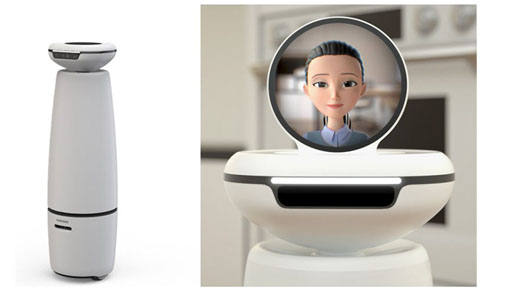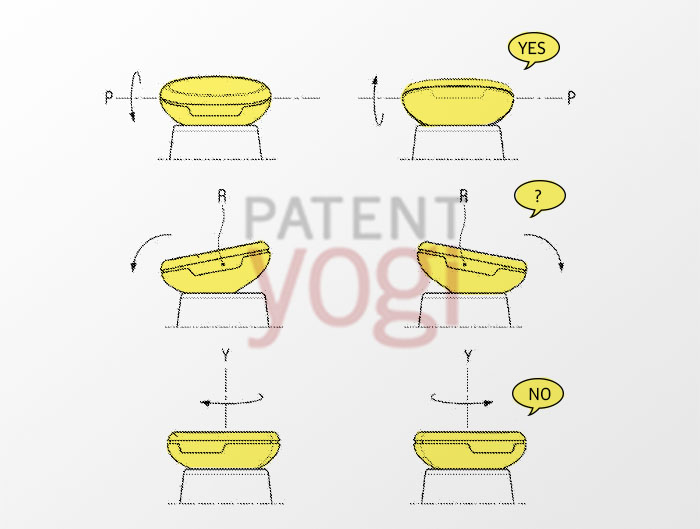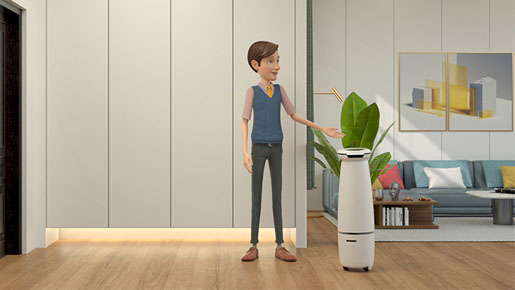For the Non-technical Reader
Imagine this: You walk into your house after a long day at work and are greeted by a friendly presence. It’s not your pet or your partner; it’s Samsung’s latest creation, the Samsung Bot i. This intelligent robot, a part of the tech trio revealed at CES 2022, engages with you just like a human, recognizing your voice, responding to your questions, and most impressively, uses movement to communicate. Using advanced technology, the Bot i goes beyond traditional voice recognition systems, emulating human gestures and head movements to create a more natural and human-like interaction. In short, Samsung is bringing an empathetic and understanding friend to your home, designed to offer assistance, companionship, and a dash of entertainment.

Technical Details
On June 1, 2023, Samsung patented an exciting innovation for the Samsung Bot i. This novel patent reveals an advancement that aims to make the interaction with the robot more engaging and human-like. The innovation involves the movement of the robot’s head in response to voice commands, which adds an extra layer of interpersonal communication to the interaction.

The patent details a robot apparatus with a rotatable head part that corresponds to interaction information based on a user’s voice. The robot’s head has three rotational degrees of freedom, which are facilitated by a driving device with several motors. These motors allow for rotation in a pitch direction, a roll direction, and a yaw direction, simulating head movements in various directions as in human conversation.
A microphone sensor is incorporated to detect a user’s voice. The voice is processed through voice recognition, and based on the recognition result, interaction information is determined. Subsequently, the processor controls the driving device to rotate the head part corresponding to the interaction information.
For example, if the interaction information signifies a positive response, the processor instructs the driving device to rotate the head part in the pitch direction, imitating a vertical reciprocation. On the other hand, if the interaction information represents a negative response, the head part rotates in the yaw direction, creating a lateral reciprocation.
In cases where the interaction information cannot be determined, the head part is manipulated to reciprocate laterally in the roll direction, adding a dimension of ambiguity that can often occur in human interaction.
Additionally, the robot apparatus can include a camera to detect the user’s position and adjust the robot’s head so it faces the user. A tilt sensor is also part of the design, allowing for detecting a tilt of the head part.

The driving device is a marvel of mechanical design, with a layered structure of rotating plates, bearings, and a shaft member providing the complex motion required for the head part. The plurality of motors each contribute to a specific directional force: a first motor for the pitch direction, a second for the roll direction, and a third for the yaw direction.
Finally, a controlling method is outlined for performing a voice recognition processing, determining interaction information based on the result, and performing a rotation operation on the head part according to the interaction information.
The Samsung Bot i marks a significant advancement in social robotics. It promises to deliver an interaction that emulates the richness and nuance of human communication, redefining our perception of artificial intelligence.


